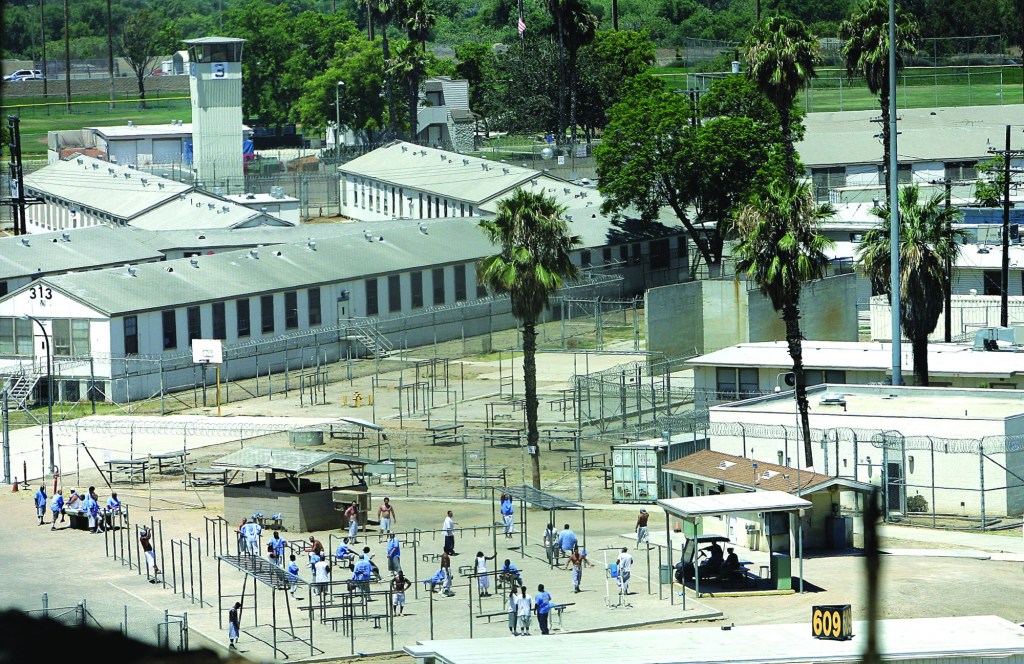
This month’s announcement by the California Department of Corrections and Rehabilitation that it is seeking to close the California Rehabilitation Center in Norco by next Fall provides a golden opportunity to shore up funding for programs rooted in the community and proven to prevent crime and harm before they occur, without which we will never achieve the true community safety we all deserve.
It is critical California seizes this chance.
For the past decade, our state has implemented strategies that have safely reduced the prison population and channeled hundreds of millions of dollars in savings into crime-and-violence prevention programs in communities across California. That has generated significant progress, and we’ve seen first hand what could be accomplished if ever we built to scale the durable treatment and prevention infrastructure millions of Californians have needed for generations.
In Los Angeles County, an extensive Reentry Intensive Case Management Services program funded with dollars reallocated from the state prison system, in which community health workers help people formerly incarcerated get the employment, housing and mental health and substance use treatment they need to regain stability and avoid getting re-arrested, slashed unemployment rates among participants by half and reduced recidivism by 17 percent.
Other programs making use of reallocated savings dollars across Los Angeles and California have seen similar results. In the San Francisco Bay Area, programs making use of reallocated prison savings have made enormous strides reducing homelessness as participants get help with treatment, housing and employment. These are the strategies we need to be doubling down on.
In uncertain political and economic times, however, these are the programs that always seem to be the first ones abandoned, despite the critical role they play in creating safe neighborhoods and communities.
When the prison in Riverside County shuts, it will save the state roughly $150 million annually. That’s on top of the hundreds of millions of dollars already saved each year by the shuttering of three other facilities in California in recent years. That money could simply be plowed back into the general fund. But it would have far more crime-fighting bang for the buck if a significant portion of it were dedicated to bulking up drug treatment and mental health services, trauma recovery centers and other services to help crime victims heal and re-entry programs for folks looking to regain stability in their lives after a period of incarceration.
The need remains urgent.
Even today, too often individuals and communities that need these services most are the ones with least access to them. Too frequently, crime survivors fall through the cracks when it comes to linking them up with trauma recovery services and other forms of assistance aimed at ensuring they can heal. People formerly incarcerated, a disproportionate number of whom are Black or Brown, still face overwhelming barriers to employment, housing and other support. And young Californians in particular struggle to gain access to mental health services and substance use treatment. In fact, taken as a whole, only six percent of all Californians who struggle with addiction receive treatment.
But we can make lasting and impactful investments in community safety and stability if we continue to safely right-size our prison system and free up additional dollars for creative anti-crime strategies. We know how effective public health-based community responses to violence are, and how important it is to utilize skilled community members in violence intervention strategies. So let’s capture the savings from prison closures and fund them.
We also know well the importance of strong housing support systems, not simply as a strategy to reduce homelessness but also as a vital component of the state’s crime-fighting toolkit. And the importance of investing in efforts to assist people living with old conviction records in getting those records expunged. And of job training and internship programs to assist people formerly incarcerated as they reintegrate back into the workforce. So let’s capture the savings from prison closures and fund them.
Especially now, with pushes being made to simply criminalize people struggling with addiction, mental illness and homelessness, and far right-wing efforts led by the White House to use the military to forcibly remove people from public spaces, it is more imperative than ever before that we invest in practical solutions that actually create real safety and increase community access to the supports they need to thrive.
Assembly Bill 785, authored by Asm. LaShae Sharp-Collins, D-Los Angeles, would do just that by creating a mechanism to capture the money saved by prison closures and reinvesting funds into community programs known to prevent further incarceration; it is worthy of support.
Failing to strategically reallocate the new potential funding streams generated by the safe closure of unnecessary and archaic prison facilities would be a shortsighted act of folly. In the long run the state will be a safer, less violent place if it channels this money into proven anti-violence and anti-crime programming.
Tinisch Hollins is the executive director of Californians for Safety and Justice, the state’s leading public safety advocacy organization.
Originally Published:



